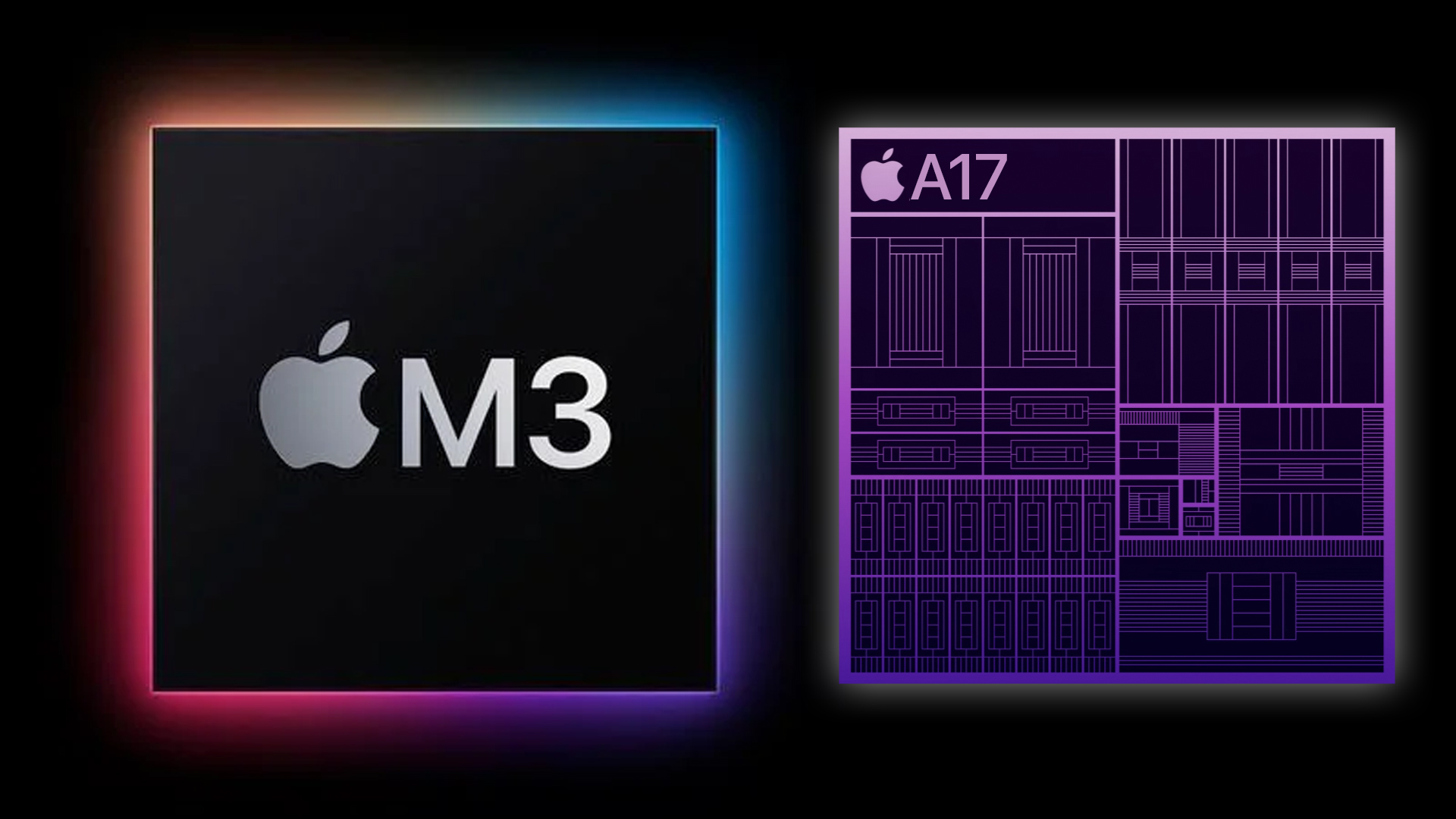M3 Pro MacBook Pro will leapfrog M2 in a big way — here’s why (report)
I’d think twice before buying that M2 Pro MacBook

The M3 Pro MacBook Pro has been spotted by Bloomberg’s Mark Gurman, and if the upgrades to the chip are to be believed, you may want to think about holding off on that M2 Pro MacBook purchase.
Built on TSMC’s 3nm process, Apple seems to have been able to squeeze more power out of it, while making the laptop more power efficient and capable of handling a vastly higher memory bandwidth.
Meet M3 Pro

According to Gurman, the unreleased chip that’s being tested packs a 12-core CPU, 18-core GPU, and 36GB of memory — info that was captured in an App Store developer log.
While it doesn’t say it’s the M3 Pro, given the beefy specs (and the fact it’s being tested inside a “future high-end MacBook Pro running the upcoming macOS 14 update”), we can safely assume it will be the new prosumer-centric chipset.
Not only that, but if you do take a look at the logical progression of the Pro line of Apple silicon, it fits in:
- M1 Pro: 8-core CPU/14-core GPU, 32GB of memory
- M2 Pro: 10-core CPU/16-core GPU, 32GB of memory
- M3 Pro: 12-core CPU/18-core GPU, 36GB of memory
What’s the big upgrade?

The obvious question here is what’s the “leapfrog” I’m talking about? Because the upgrade rate hasn’t changed between M2 and M3 — it’s still just a factor of two additional cores.
Well, from my perspective, it comes down to two things: better power efficiency, and the ability to process performance-intensive tasks faster. That 3nm process means they are able to run an even split of performance and efficiency cores in M3 Pro (6 performance/6 efficiency).
Sign up to receive The Snapshot, a free special dispatch from Laptop Mag, in your inbox.
When compared to the M2 Pro (6 performance/4 efficiency), that means the new chip will have a better ability to sip the battery life in multitasking scenarios. Then when you take a look at the two additional GPU cores and the 4GB additional memory bandwidth, tasks that are a tall order should logically be handled with even greater efficiency and speed.
There is no specific benchmarking information with this chip yet, and since we just got the M2 Pro MacBook Pro in January of this year, don’t expect to see this updated until early 2024 at least.
Outlook
We’ve still yet to see the standard M3 appear, but given the M3 Pro is already reportedly in testing, this does make me quietly confident that we may see the first 3nm chip appear at this year’s WWDC — maybe even in the 15-inch MacBook Air.
I know the rumor mill is arguing the contrary, stating delays to the chip, so please do consider what I’m saying here as purely speculation. It could still very well be its own event later in the year, because the VR/AR headset can easily dominate June’s keynote.
But back to the pro, while the upgrade between M1 and M2 was quite minor, the jump in core count and memory (alongside that new chip manufacturing process) makes this the mightily enticing performance boost we were looking for.

Jason brought a decade of tech and gaming journalism experience to his role as a writer at Laptop Mag, and he is now the Managing Editor of Computing at Tom's Guide. He takes a particular interest in writing articles and creating videos about laptops, headphones and games. He has previously written for Kotaku, Stuff and BBC Science Focus. In his spare time, you'll find Jason looking for good dogs to pet or thinking about eating pizza if he isn't already.
